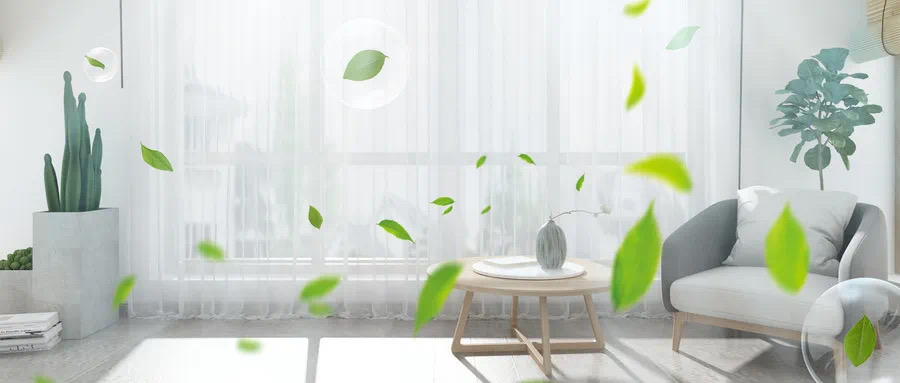
The fresh air system is an independent air handling system composed of a supply air system and an exhaust air system, mainly used for indoor air purification and ventilation. Usually, we divide the central fresh air system into one-way flow system and two-way flow system according to the airflow organization. So what is the difference between these two systems?
What Is One-Way Flow Fresh Air System?
One-way flow refers to one-way forced air supply or one-way exhaust, so it is further divided into positive pressure one-way flow and negative pressure one-way flow.
The first type is positive pressure one-way flow, which belongs to "forced air supply + natural exhaust", that is, under mechanical action, the purified outdoor fresh air is forced into the room. As the fresh air enters the room, positive pressure is formed inside. Under positive pressure, indoor polluted air is discharged through the gaps of doors and windows, forming air displacement.
The second type is negative pressure unidirectional flow, which is "forced exhaust + natural air supply". It refers to the mechanical action that forcibly sends indoor polluted air out of the room, forming negative pressure indoors. Under the negative pressure effect, outdoor fresh air enters the room from the living room, bedroom, study, etc., and the principle is similar with the exhaust fan.
Advantages:
1. The one-way flow fresh air system has a simple structure and simple indoor pipelines.
Disadvantages:
1. The airflow organization is single, only relying on the naturally generated air pressure difference inside and outside the room for ventilation, and the air purification effect cannot meet expectations.
2. Sometimes it affects the installation of doors and windows, and manual opening and closing of the air inlet is required during use.
3. Without heat exchange, resulting in bigger energy loss.
Sichuan Guigu Renju Technology Co., Ltd.
E-mail:irene@iguicoo.cn
WhatsApp:+8618608156922
Post time: Dec-19-2023






